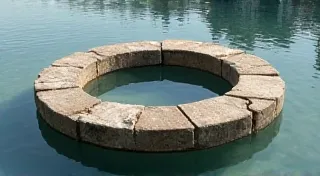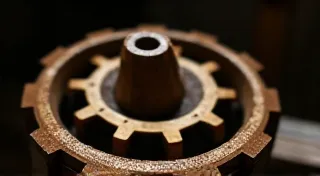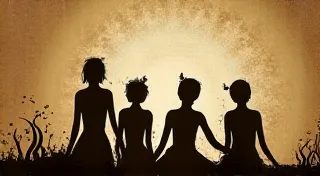The Echo of Stone: How Games Preserve Lost Tongues
There’s a peculiar magic in the old things. Not the glittering, precious kind, but the quiet, weathered kind that hums with untold stories. I remember, as a child, visiting my grandmother in a remote village nestled amongst the Carpathian Mountains. She possessed an antique accordion, its bellows cracked and its ivory keys yellowed with age. It wasn't a beautiful instrument in the modern sense. It was a testament to resilience, a silent chronicler of generations past. Just as that accordion carried melodies of a fading tradition, so too do regional traditional games hold the echoes of languages slipping from memory, and cultures at risk of disappearing.
We often think of language as a system of grammar and vocabulary, a tool for communication. But it is so much more than that. It’s a vessel containing a culture’s worldview, its humor, its poetry, and its history. And traditional games, passed down through oral tradition, are frequently interwoven with this linguistic tapestry. They aren't simply a way to pass the time; they're living dictionaries, breathing stories, and vital connectors to a heritage at risk of being lost.
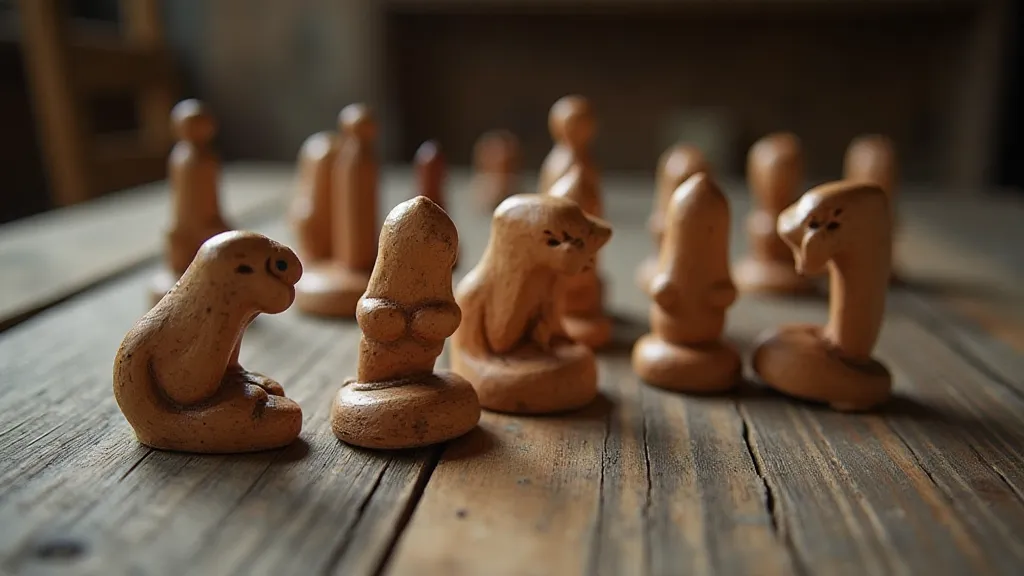
The Linguistic Landscape of Play
Consider the game of *Sa’ay*, played amongst the Bedouin people of the Arabian Peninsula. Beyond the rules – a complex strategy game involving a board and pieces – the language used to describe movements, positions, and tactics is a dialect of Arabic unique to the region. Many words and phrases have no equivalent in Modern Standard Arabic, offering a window into the pre-modern Bedouin lifestyle and social structures. The playful banter exchanged during the game, often laced with proverbs and poetic expressions, reinforces not just the rules, but the cultural values surrounding competition, respect, and storytelling.
Similarly, in parts of Brittany, France, the game of *Prun* (a form of skittles) is almost inseparable from the Breton language. Traditional expressions related to throwing accuracy, scores, and good-natured ribbing are solely understood within the Breton-speaking community. Younger generations, increasingly exposed to French and English, often grasp the mechanics of the game but miss the subtle nuances embedded in the language. This isn’t just about losing words; it's about losing a particular way of perceiving the world.
The phenomenon isn’s exclusive to verbal games. Many regional folk games involve chants, rhymes, and songs. These aren’t just entertainment; they’re mnemonic devices – tools for remembering the rules and the history of the game itself. Imagine the frustration of a child learning a game without understanding the accompanying verse, missing a crucial layer of meaning and cultural significance.
Craftsmanship and the Transmission of Tradition
The preservation of these games isn’t just about the language itself; it’s also about the physical objects used in play. Traditionally crafted game boards, pieces, and balls were often works of art in their own right, reflecting the skill and creativity of local artisans. My grandmother’s accordion, for example, was meticulously crafted from the finest materials, each key and bellows painstakingly adjusted. The care and attention given to these objects instilled a sense of reverence for the game and the culture it represented.
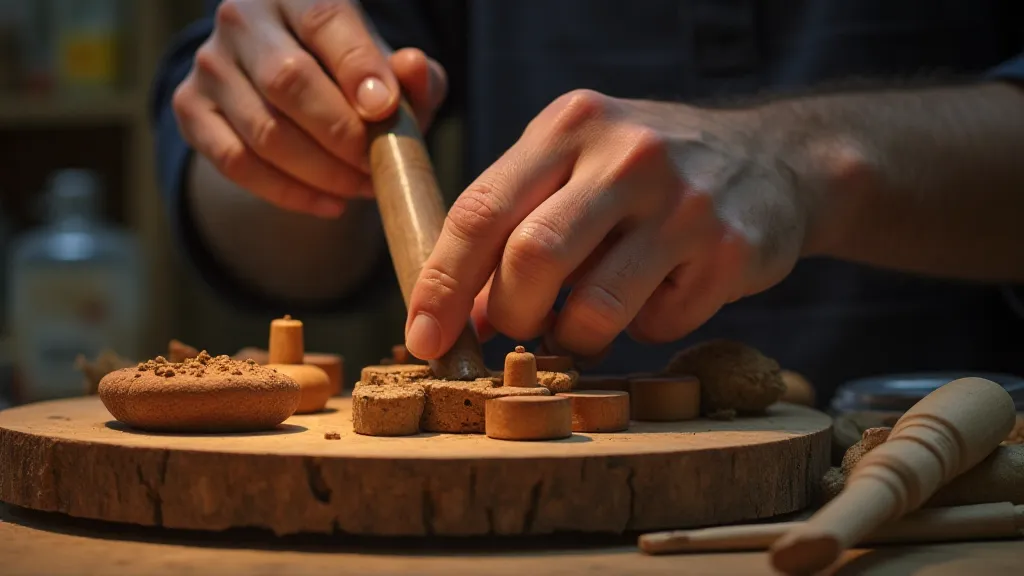
Consider the *Sepak Takraw* game played across Southeast Asia. The rattan ball, so crucial to the game, was traditionally made by local weavers, using specific techniques passed down through generations. The quality of the ball directly impacted the playability of the game, and the skills of the weaver were highly valued within the community. As modern manufacturing takes over, that connection between the artisan and the game weakens, and a piece of the cultural heritage is lost.
The loss of craftsmanship often goes hand in hand with the decline of language. As younger generations move to urban areas and adopt new technologies, the demand for handcrafted game pieces diminishes, further accelerating the decline of traditional skills and, consequently, the associated language.
Revival Strategies: Breathing Life Back into Lost Tongues
The good news is that there is a growing awareness of the importance of preserving these linguistic and cultural treasures. A number of initiatives are underway to revitalize regional traditional games and the languages they embody. These strategies range from formal language classes to informal community gatherings where the games are played and the language is spoken. In Brittany, for example, dedicated groups are organizing *Prun* tournaments specifically aimed at younger generations, accompanied by Breton language lessons.
Technology also plays a role. While it can contribute to language shift, digital platforms can also be used to document and share traditional games and the associated language. Online dictionaries, audio recordings of gameplay, and interactive tutorials can help to reach wider audiences and preserve the cultural heritage for future generations. Creating games based on the original folk games, adapted for modern devices and incorporating the original language, can also be an effective way to engage younger audiences.
Ultimately, the key to successful revitalization lies in community engagement. The games must be seen as relevant and enjoyable to younger generations, and the language must be perceived as a source of pride and identity. Just as my grandmother’s accordion served as a tangible link to her past, these games hold the potential to connect younger generations to their heritage, preserving not only the rules of play but also the voices and stories of their ancestors. It’s a responsibility we share – to ensure that the echoes of stone, the whispers of ancient languages, continue to resonate for years to come. Recognizing the value of these seemingly simple games is a vital step in safeguarding cultural diversity and linguistic richness worldwide.

